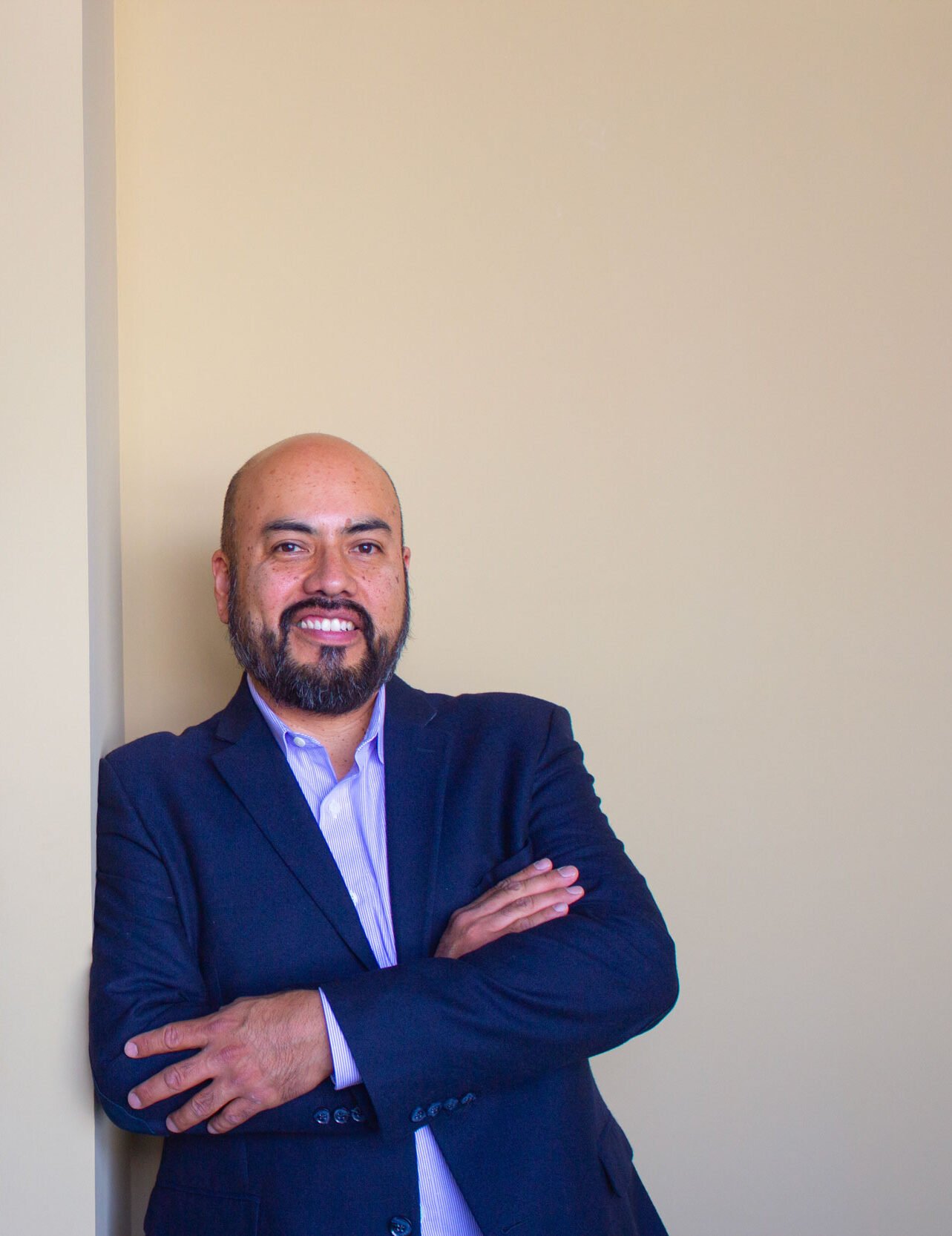Social Anxiety and the Workplace: How to Build Safer, More Collaborative Tech Environments
Written by: Scio Team
Introduction
In recent years, the way we work has evolved dramatically. The office is no longer the center of collaboration, yet it remains an important space for connection and shared purpose. For many software developers, however, face-to-face collaboration can still be intimidating. The pressure to interact, communicate, and perform in real time often triggers one of the most overlooked challenges in the tech industry today: social anxiety.
This condition can quietly affect productivity, teamwork, and confidence, especially in environments where creativity and problem-solving depend on open communication. When social interactions feel stressful rather than supportive, even highly skilled developers may struggle to contribute their best work.
By understanding the emotional dynamics that shape collaboration, companies can create environments that foster comfort, clarity, and inclusion. When teams feel safe to express ideas and learn together, both performance and innovation naturally improve.
According to research by the American Psychological Association, approximately 12% of U.S. adults experience social anxiety at some point in their lives, making it a relevant consideration for leaders managing hybrid and nearshore teams. As work models continue to evolve, addressing mental and emotional well-being is no longer optional, it’s a foundation for sustainable collaboration and long-term success.
The Meaning of Interaction
In any organization, the way people interact defines its culture far more than any policy or strategy. In the world of software development, where collaboration is the backbone of progress, meaningful interaction becomes essential not only for delivering great products but for nurturing teams that feel connected and inspired. Luis Aburto, CEO and Co-Founder of Scio, has often spoken about the importance of belonging and the sense of community that work can provide. “Although full remote work remains the preferred model for many in the tech industry, I believe that things will gradually shift as more people begin to feel the weight of isolation. After all, work can be more than a means of making a living. It can also allow us to be part of something together, a community. The real challenge of transitioning to an effective hybrid model will be to promote and maintain this feeling of community and belonging.” That sense of belonging is not built through grand initiatives, but through consistent, intentional human moments. For nearshore and distributed teams, those moments require effort and empathy. The challenge is to create an environment where everyone feels welcome, even when collaboration happens across screens and time zones. Simple, thoughtful actions can make a significant difference. Encouraging small-group or one-on-one interactions helps break the barrier of formality that often accompanies virtual collaboration. Building open and inclusive spaces, both physical and digital, allows people to show up authentically without fear of being judged. For those who experience social anxiety, this sense of safety is crucial. It gives them room to participate at their own pace and, over time, to engage more fully. In software development, communication is not a secondary skill; it is part of the craft itself. Yet, for many professionals, the pressure of constant collaboration can be overwhelming. Asking direct, respectful questions and giving people time to process their ideas are small but powerful ways to make communication more accessible. Successful collaboration with someone who struggles with social anxiety is entirely possible. It simply requires a willingness from both sides to adjust and to meet each other halfway. Helena Matamoros, Human Capital Manager at Scio, has observed this dynamic closely. “The idea of having to interact with colleagues on a daily basis, attend meetings, and take breaks in common areas can be overwhelming. But there are silver linings for those dealing with social anxiety. It can be an opportunity to reset social boundaries and gradually ease back into more natural interactions,” she explains:Returning to shared spaces can also give people a chance to practice social skills in a safe and supportive environment. Everyone’s experience is different, and not all will feel comfortable immediately. But for some, it’s a necessary step toward regaining confidence and finding balance.
Building Meaningful Interactions in Distributed Teams
Creating a culture of inclusion and psychological safety requires more than good intentions. It takes structure, empathy, and continuous communication. The following table summarizes key practices that help nearshore and hybrid teams reduce social anxiety while strengthening collaboration and trust.Focus Area |
Common Challenge |
Practical Action |
Expected Impact |
|---|---|---|---|
| Team Visibility | Team members feel disconnected or invisible | Maintain a shared directory with profiles, photos, and expertise areas | Improves connection and reduces hesitation in communication |
| Communication Dynamics | Some developers struggle to speak up in large meetings | Introduce smaller discussion circles or asynchronous input options | Encourages participation and diverse perspectives |
| Leadership Approach | Managers overlook emotional cues in distributed settings | Train leads in empathy-based communication and mentoring | Builds trust and prevents burnout or disengagement |
| Work Structure | Ambiguous goals create stress or confusion | Define objectives clearly and revisit them during weekly syncs | Creates clarity and confidence across distributed teams |
| Feedback Culture | Feedback feels impersonal or one-sided | Normalize peer recognition and positive reinforcement | Strengthens team morale and sense of belonging |
- Make people visible. Provide tools or directories where team members can easily look up names, roles, and faces. For someone dealing with social anxiety, this small gesture removes the fear of awkward introductions and makes connection easier.
- Encourage collaboration in small settings. Many people are more comfortable contributing in pairs or small groups. Regular check-ins, brainstorming sessions, or short peer discussions can open the door to meaningful participation.
- Clarify objectives. A clear understanding of responsibilities and project goals reduces uncertainty, one of the biggest sources of anxiety in fast-paced environments. New collaborators, in particular, benefit from defined expectations and transparent communication.
The advantage of Nearshore
Focusing on Nearshore software development is also a way to create a more supportive environment. By collaborating with other developers from around the world, software developers can work on projects at their own pace and in their own space, without the pressure of having to be in an office. In addition, nearshore software development companies often have a better understanding of the needs of workers with social anxiety and can provide support and coaching to help them succeed. As a result, workers with social anxiety can find nearshore software development to be a more supportive and confidence-building environment. Software development is an increasingly important field and one that is constantly evolving. The traditional 9-to-5 office model is increasingly becoming a thing of the past, with attitudes and challenges in the way of hybrid or remote workplace solutions, and those companies who are willing to offer different options to their employees, as well as accommodating conditions like social anxiety right now is becoming more and more common, could allow developers to collaborate with others more easily. As the workplace changes, it’s important for both software developers and organizations to adapt, and flexible work options and open-mindedness will allow them to do just that.Key Takeaways
In today’s interconnected world, social anxiety has become a fundamental consideration in the way hybrid and distributed teams are designed. It is no longer a passing challenge or a post-pandemic remnant, but a real factor shaping how people work, communicate, and belong.
True productivity is not born from technical skill alone. It flourishes in environments where individuals feel safe to express ideas, make mistakes, and grow together. Psychological safety, once seen as a soft value, now stands beside technical excellence as a driver of performance.
Strong leadership and cultural alignment are the cornerstones of emotional well-being in nearshore partnerships. When leaders communicate with empathy and teams share common values, collaboration becomes both effective and deeply human.
Strategic Nearshoring represents this balance. It connects talent across borders in a way that respects culture, nurtures trust, and sustains performance. It’s not just about outsourcing work — it’s about building partnerships that last.
For a deeper perspective on how organizations can foster trust and confidence in distributed environments, read the Harvard Business Review article What Psychological Safety Looks Like in a Hybrid Workplace.
A Final Thought
At Scio, we believe that great performance doesn’t just come from technical ability. It comes from trust, empathy, and the kind of connection that turns a group of professionals into a true team. Over the past two decades, we’ve seen that when engineers feel safe to share their ideas, challenge assumptions, and support one another, innovation happens naturally.
Our nearshore software engineering model is built on this belief. We don’t just match skills to projects — we align people, values, and communication styles to create the conditions where collaboration thrives. Every developer, designer, and project manager at Scio is supported through mentorship, cultural training, and a shared understanding of what it means to work across borders without losing the human touch.
Because at the end of the day, successful software development isn’t only about delivering code. It’s about building relationships that make progress sustainable, creativity repeatable, and performance truly meaningful.
Discover how Scio builds high-performing, emotionally intelligent software teams.
FAQs: Social Anxiety, Psychological Safety & Nearshore Collaboration
-
More common than most leaders think. While not always visible, many developers experience stress in group communication or unstructured meetings, especially across cultural or virtual boundaries.
-
Through continuous mentorship, one-on-one coaching, and structured communication practices built into our Scio Elevate program.
-
Be transparent, normalize feedback, and create predictable rhythms of communication where every voice can be heard.
-
Because it offers real-time alignment without cultural friction, making collaboration more fluid, humane, and sustainable than offshore or fully remote models.

